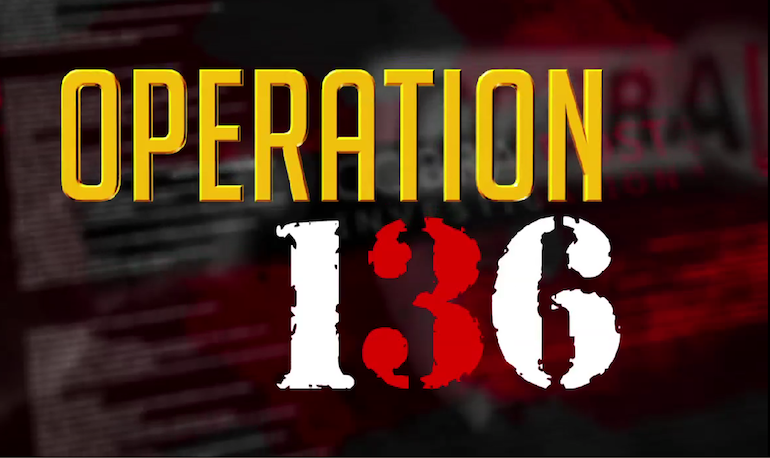Chapter Guide Resource
Investigating Murdered or Missing Persons
Attacks on Indigenous people worldwide are an important focus for investigative journalism. This chapter provides examples of good journalistic work done in this area.
Attacks on Indigenous people worldwide are an important focus for investigative journalism. This chapter provides examples of good journalistic work done in this area.
This GIJN/NAJA resource covers techniques for investigating corporations, contracts, development projects, and payments by extractive industries to governments.
The claims by Indigenous peoples to the land on which they farm, graze animals, hunt and live are often unrecognized, tenuous, and vulnerable.
The absence or poor quality of data on Indigenous communities presents both challenges and opportunities for data journalism.
This guide is created to encourage Indigenous investigative journalists and to provide empowering tips and tools. Developed collaboratively by the Global Investigative Journalism Network (GIJN) and the Native American Journalists Association (NAJA), the guide explores eight key topics.The entries include background information, examples of investigative work, suggestions for stories, and resources for information. This guide […]
Data journalism is a perpetually evolving topic. GIJN’s resource pages are updated regularly with new material. Data + Journalism – A Story-Driven Approach to Learning Data Reporting by Mike Reilley and Samantha Sunne (to be published in 2023). At the GIJC19 conference in Hamburg, attendees heard the presentation: Latest Data Journalism Trends From AI to […]
Scraping refers to using a tool or writing a program that automatically pulls data from a website. Below are some resources for learning to scrape data from websites, no matter what your comfort level with coding. This chapter from The Data Journalism Handbook 1 includes tips for scraping and some code examples. Journocode (2019) offers a […]

What’s the global data journalism community tweeting about this week? Our NodeXL #ddj mapping from September 2 to 8 finds Folha de São Paulo’s beautiful 3D animation of the Brazil National Museum’s restoration efforts, Guardian’s real-time visualization of Irish border crossings, NZZ’s look at China’s bad research impacting scientists worldwide, and The New York Times calculating the variability of New York City’s subway commute times.

In the run-up to the 2019 Global Investigative Journalism Conference in Hamburg this September 26 to 29, we’re featuring one Global Shining Light Award finalist per day. Check out “Special Collateral Damage,” by Pública.

In the run-up to the 2019 Global Investigative Journalism Conference in Hamburg this September 26 to 29, we’re featuring one Global Shining Light Award finalist per day. Check out “Operation 136,” by Cobrapost.